Styles in Adan Figurative Carvings
By Michael Yates


1.The Carver of the Parallel Scarifications.


2. The Carver of the Wedge-Shaped Head.
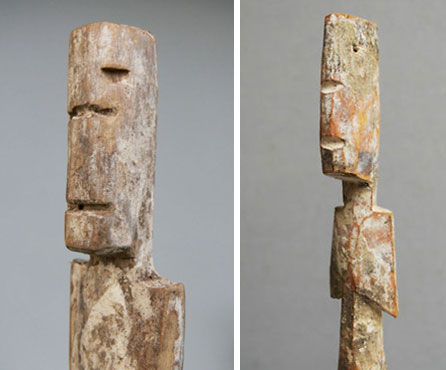

3. The Carver of the Pencilled Eyes.
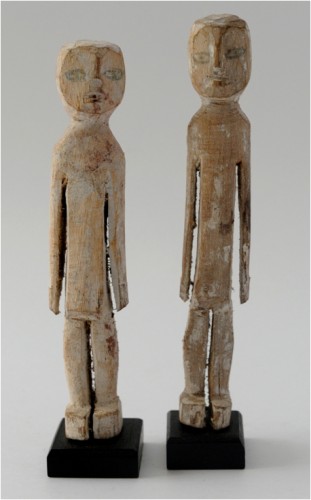
4. The Carver of the Triangular Body
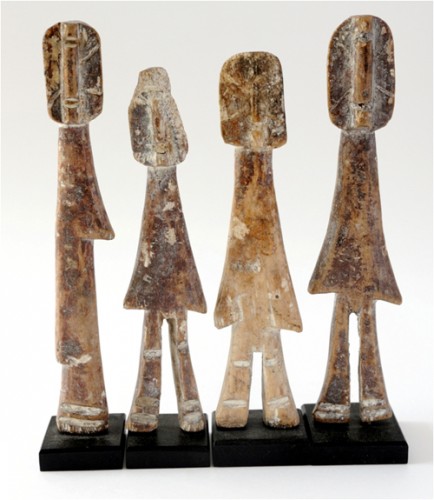
5. The Carver of the Elongated Body.
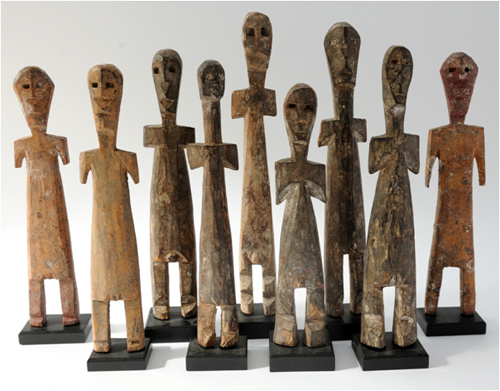
6. The carver of the Angled Leg
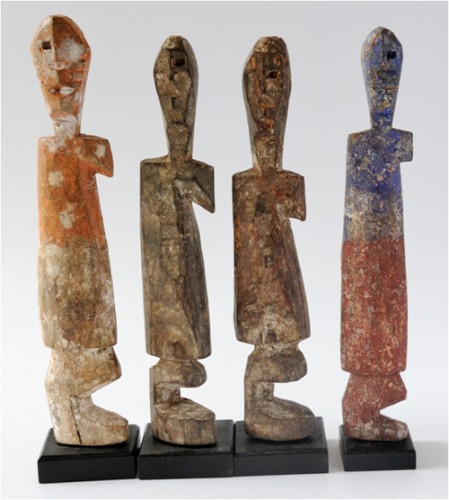
7. The Carver of the Partially Flattened Face
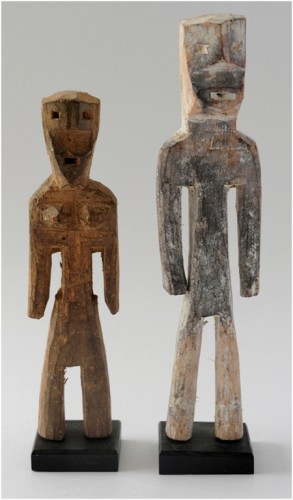
8. The Carver of the Helmet Heads.
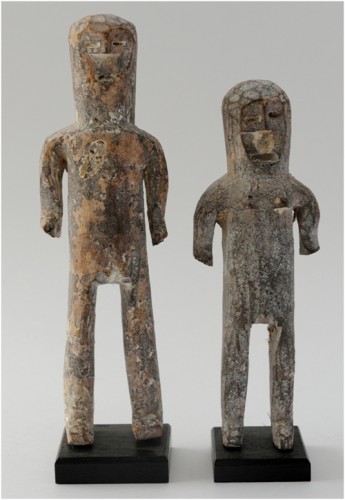
9 . The Carver of the Long Neck.
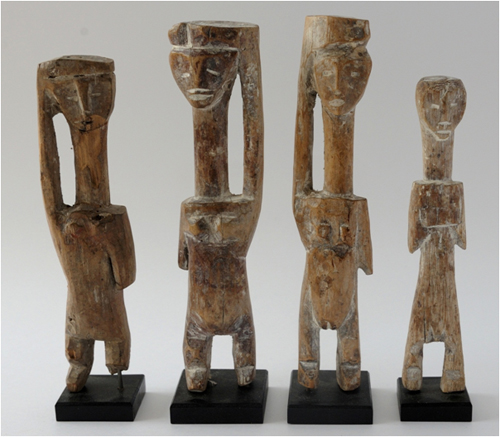
10. The Carver of the Elongated leg.
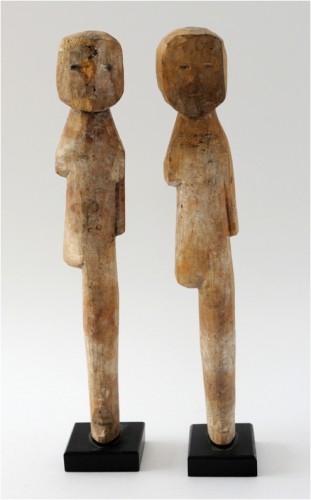
11. The Carver of the Round Face.

12. The Carver of the Diamond-Shaped Head.

13. The Carver of the Rounded Shoulders.
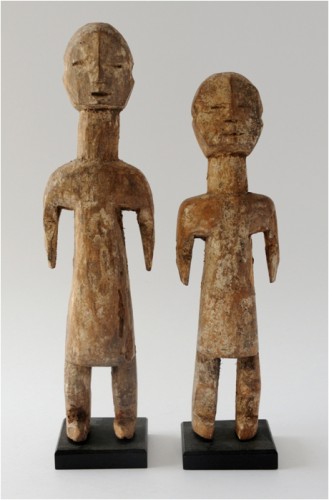
14. The Carver of the Abstract Forms
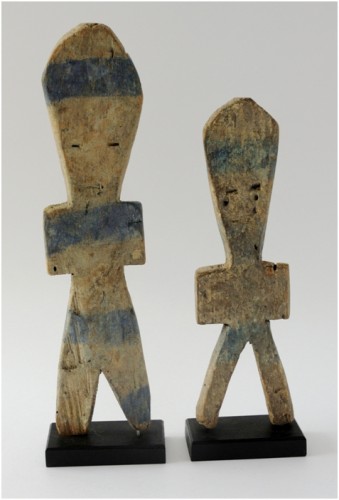
15. The Carver of the Rounded Shrine Figures.
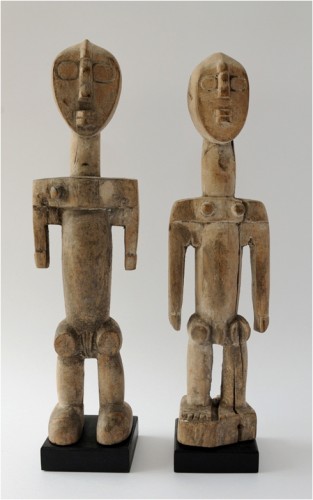
16. The Carver of the Open Shoulders.

17. The Carver of the Thin Arms.

Appendix 1 - Pairs

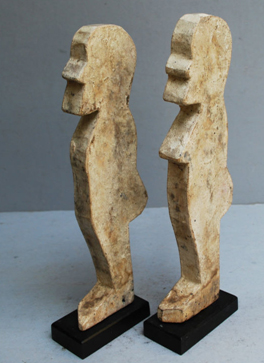
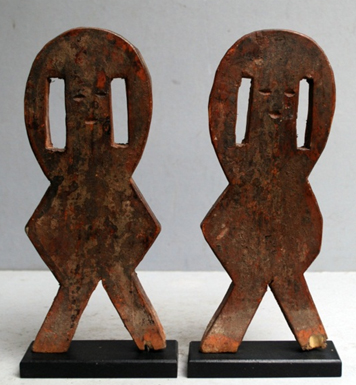


Acknowledgements.
I could not have written this piece without the help of Owen Hargreaves and Jasmine Dahl of London, and Pete Dewhirst of Swindon, Wiltshire and Andalucía, Spain, who photographed most of the pieces for me. Other examples of Pete's work can be seen at www.petedewhirst.com
- 1. Kunstepedia article "Strange but Somehow Beautiful" Art of the Adan People of south-east Ghana by Michael Yates.
- 2. Adr. G. Claerhout Afrikaanse kunst 1971. Plate 43.
- 3. A black and white illustration of this piece, in A History of Art in Africa by Visona, Poynor, Cole, Harris & Blier. London, 2000, page 227, shows the heads more clearly. This version of the assemblage only contains 23 pieces. A note attached to this assemblage reads, "In this work the artist alludes to otherworldly ancestor figures in rough schematic forms, with enlarged heads. He picks details out with polychrome tempera. The (usually) enlarged eyes seem to refer to the ancestors' ability to look into (and affect) life here on earth."
- 4. See the Kunstpedia article mentioned above for illustrations of Adan "water-carriers".
- 5. See the Kunstpedia article mentioned above for illustrations of other Adan figures with missing limbs. I mentioned that Suzanne Preston Blier called these figures aziza, which she described as "miniature forest dwellers (who) are believed to control the hunt and all that pertains to the forest". Blier added that some people described them as "small, humanlike forms with a single leg and a long white hair". I have subsequently come across a description of the Brazilian Saci, a "one legged, pipe smoking gnome with a red cap" who is "closely linked to the earth". Are there other small one-legged figures scattered about the earth, I wonder? And, if so, are we seeing some form of Jungian synchronicity here? Or, was aziza taken to Brazil by slaves, where he developed into Saci via the Brazilian Candomblé religion?